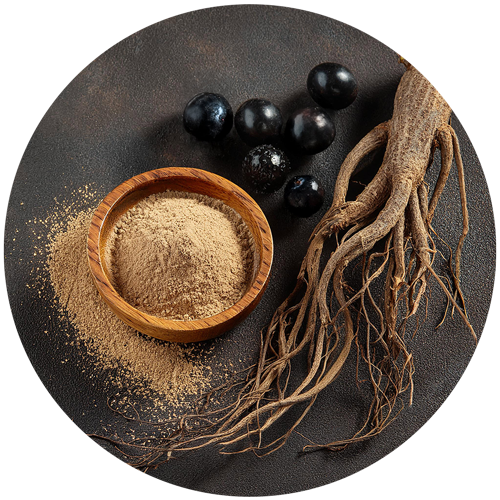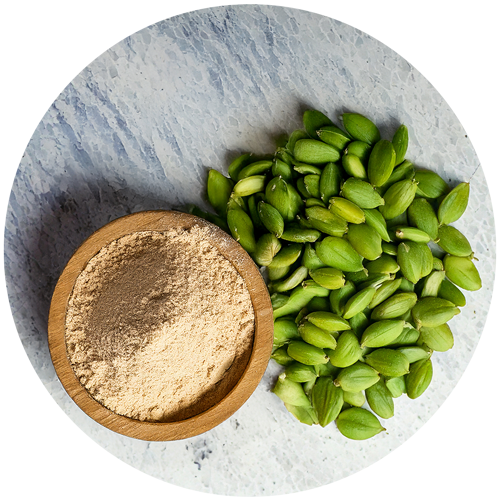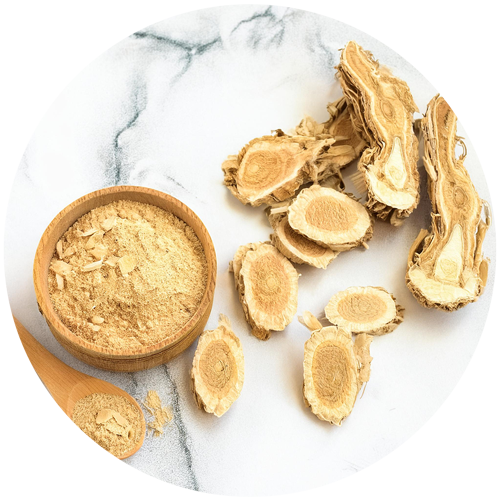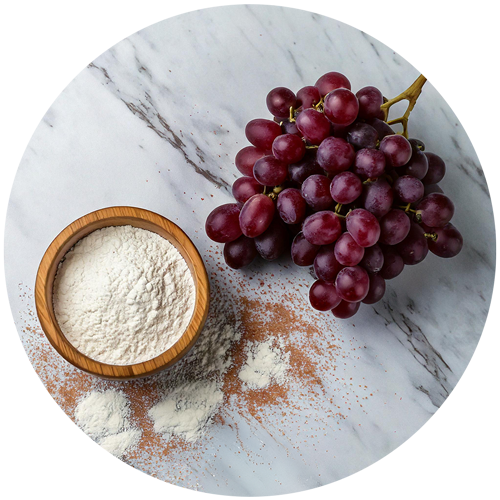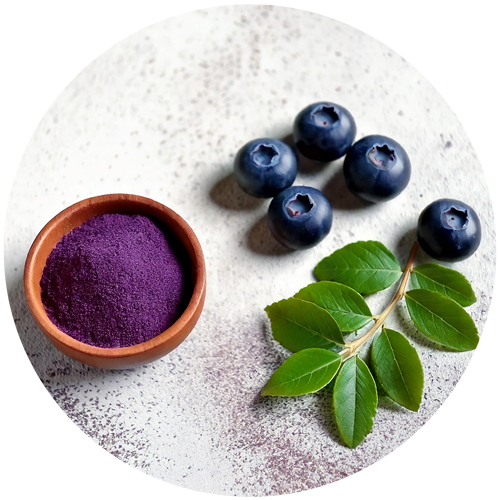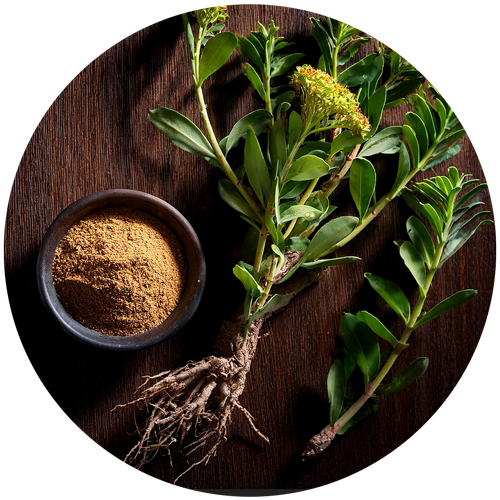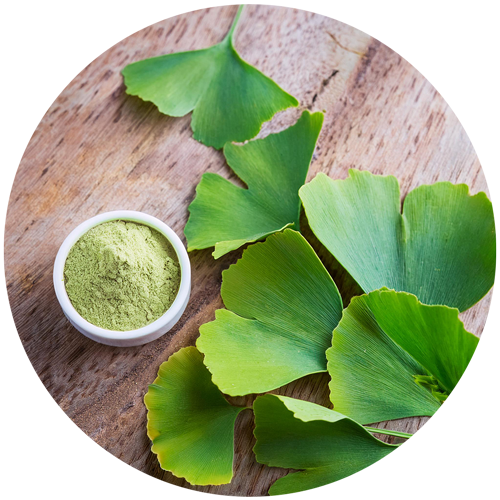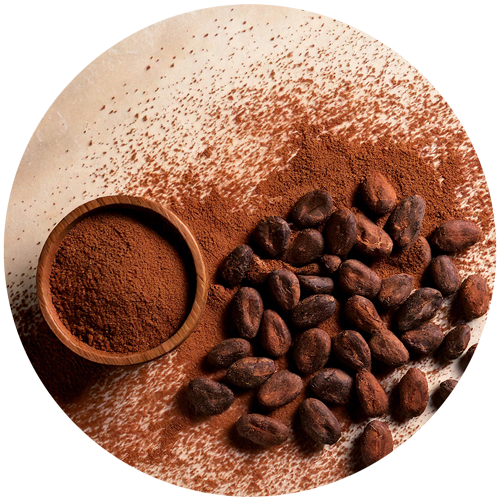

COCOA
Theobroma cacao Cardiovascular system
Cardiovascular system  Cognitive function
Cognitive function  Cholesterol
Cholesterol  Antioxidant
Antioxidant Cocoa seeds, Theobroma cacao, rich in flavonoids and methylxanthines, support cellular protection, promote cardiovascular health and contribute to mental and physical vitality.
Regulations
and analysis
Identification : TLC
Data on traditional use
Cahier de l’agence du médicament (France):
-
Used to aid digestion
-
Used to stimulate appetite
EMA monograph :
- Symptomatic relief of minor gastrointestinal disorders such as bloating and mild spasms
WHO monograph :
-
Used to soothe the digestive tract
Monographie Canada :
-
Used to help soothe the digestive tract, and relieve indigestion, flatulence, bloating and belching.
-
Used to help relieve agitation and/or nervousness and as a sedative to help sleep.
German monograph :
- Used for gastrointestinal spasms and to soothe the gastrointestinal tract
Association ideas by health benefice
Select one or more axes:
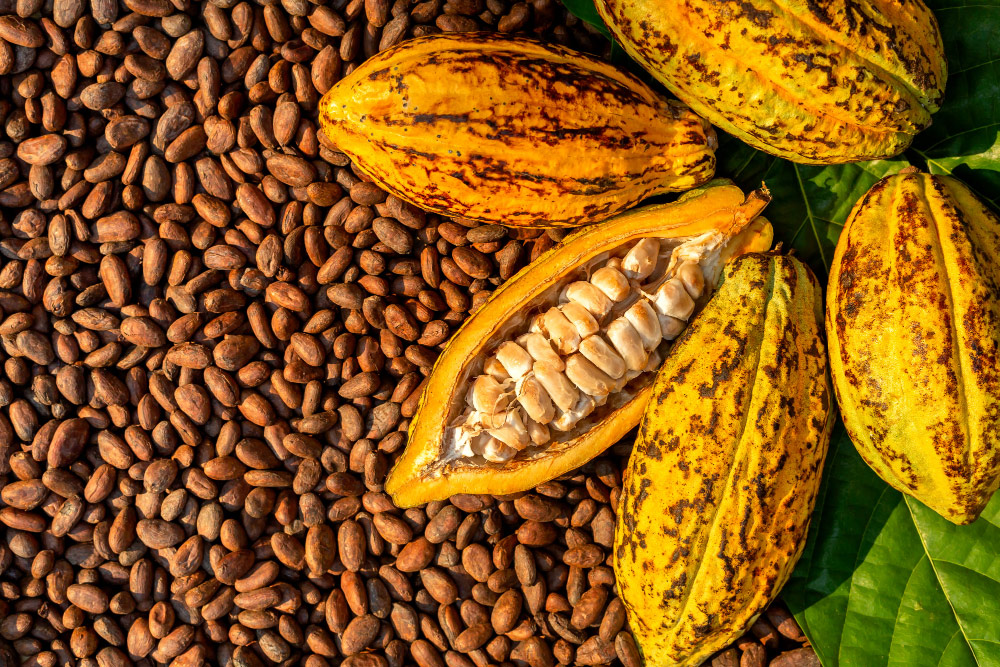
Detailed description
Cocoa, Theobroma cacao, a plant emblematic of the tropical regions of Central and South America, is renowned for its seeds, which are rich in bioactive compounds. These seeds, also known as cocoa beans, have been used for centuries for their nutritional and functional benefits.
Cocoa seeds contain flavonoids such as epicatechins and procyanidins, which help protect cells against oxidative stress. These bioactive compounds play a role in maintaining cardiovascular health and modulating the body’s natural defense mechanisms.
In addition, cocoa is a natural source of methylxanthines, notably theobromine and caffeine, which promote mental alertness and physical vitality. Theobromine, in particular, contributes to a relaxing effect while supporting alertness and concentration without provoking the excitement associated with caffeine.
Cocoa is also appreciated for its role in metabolic well-being. The polyphenols present in the beans are associated with better sugar and fat management, promoting a healthy metabolic balance.
